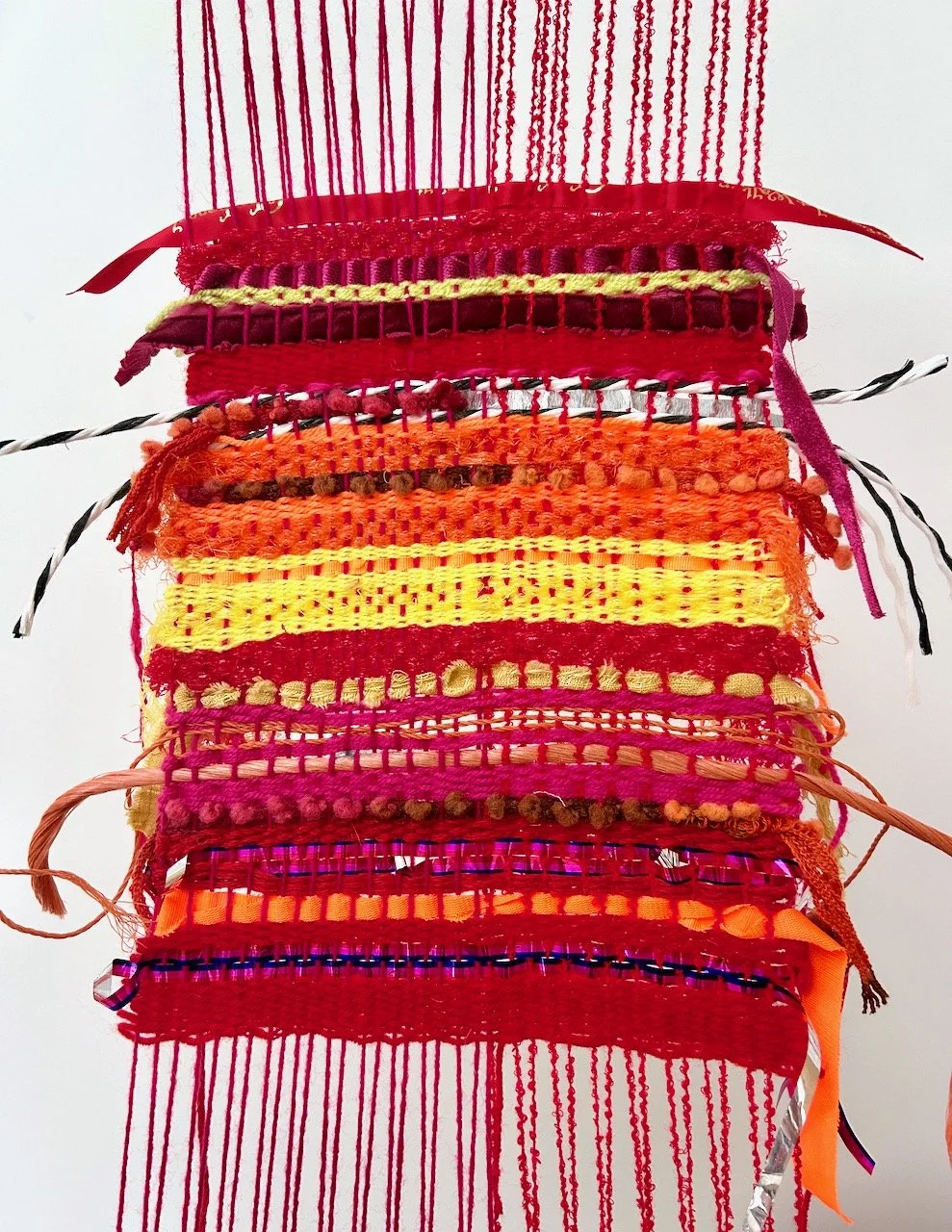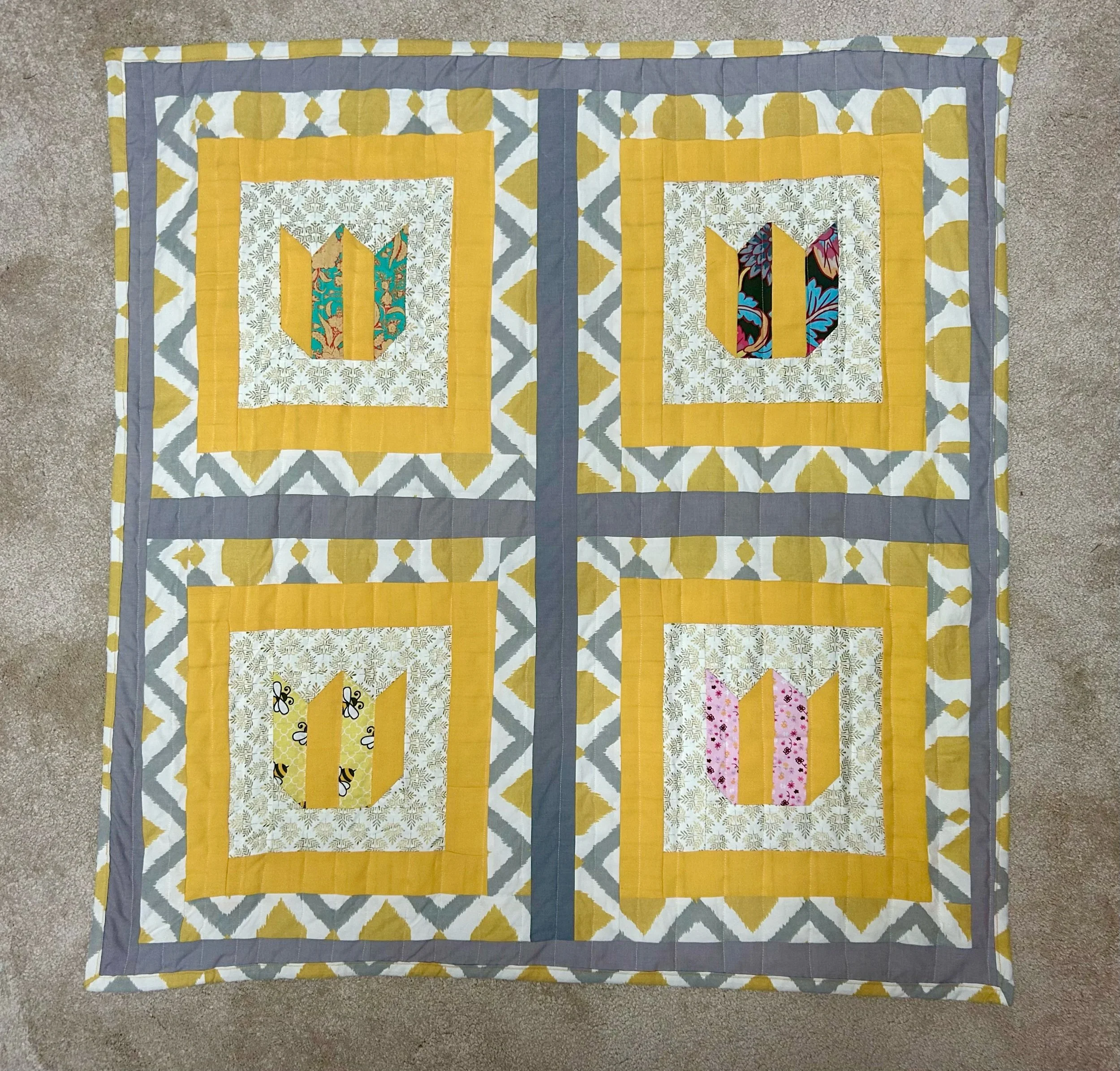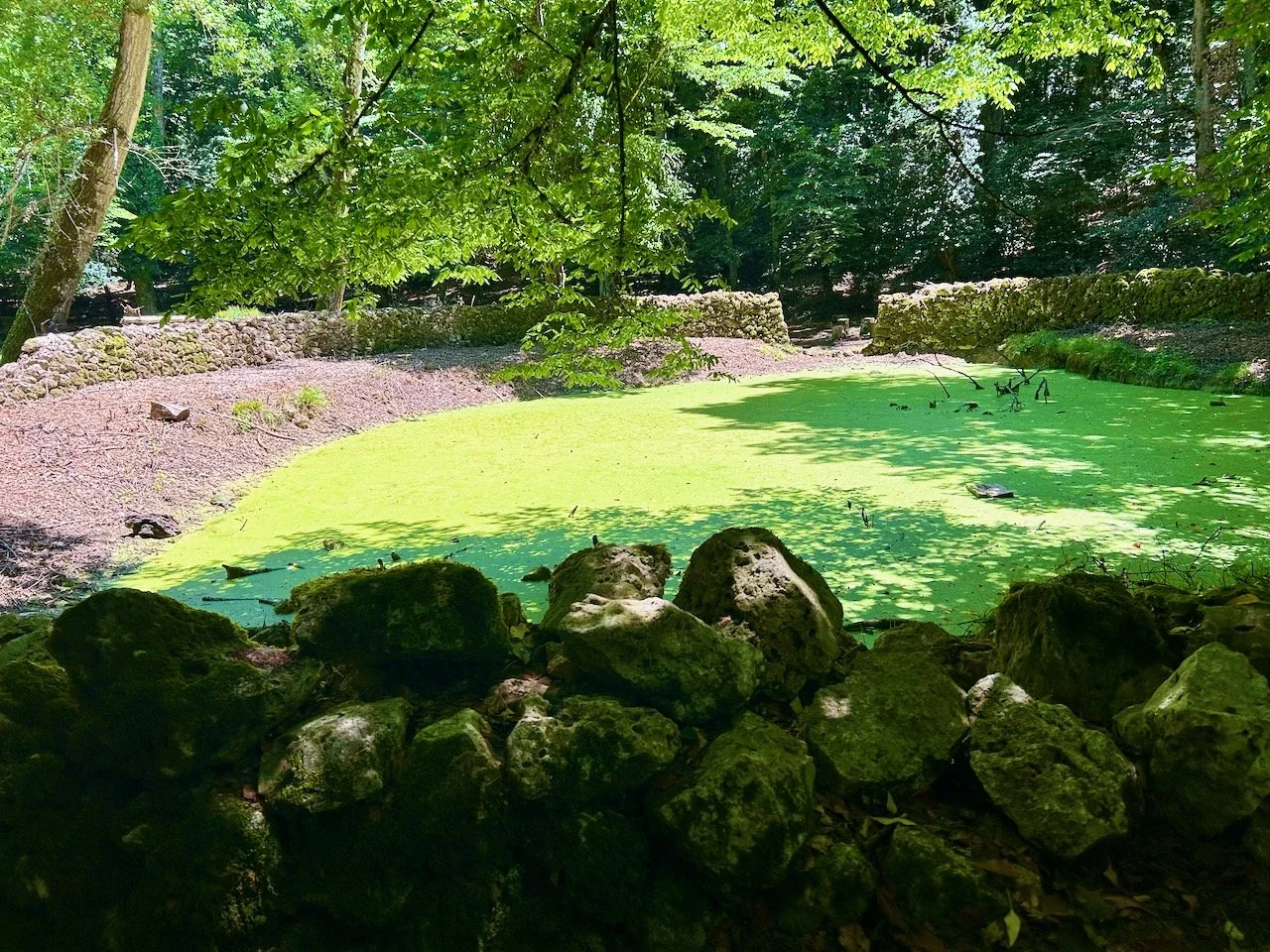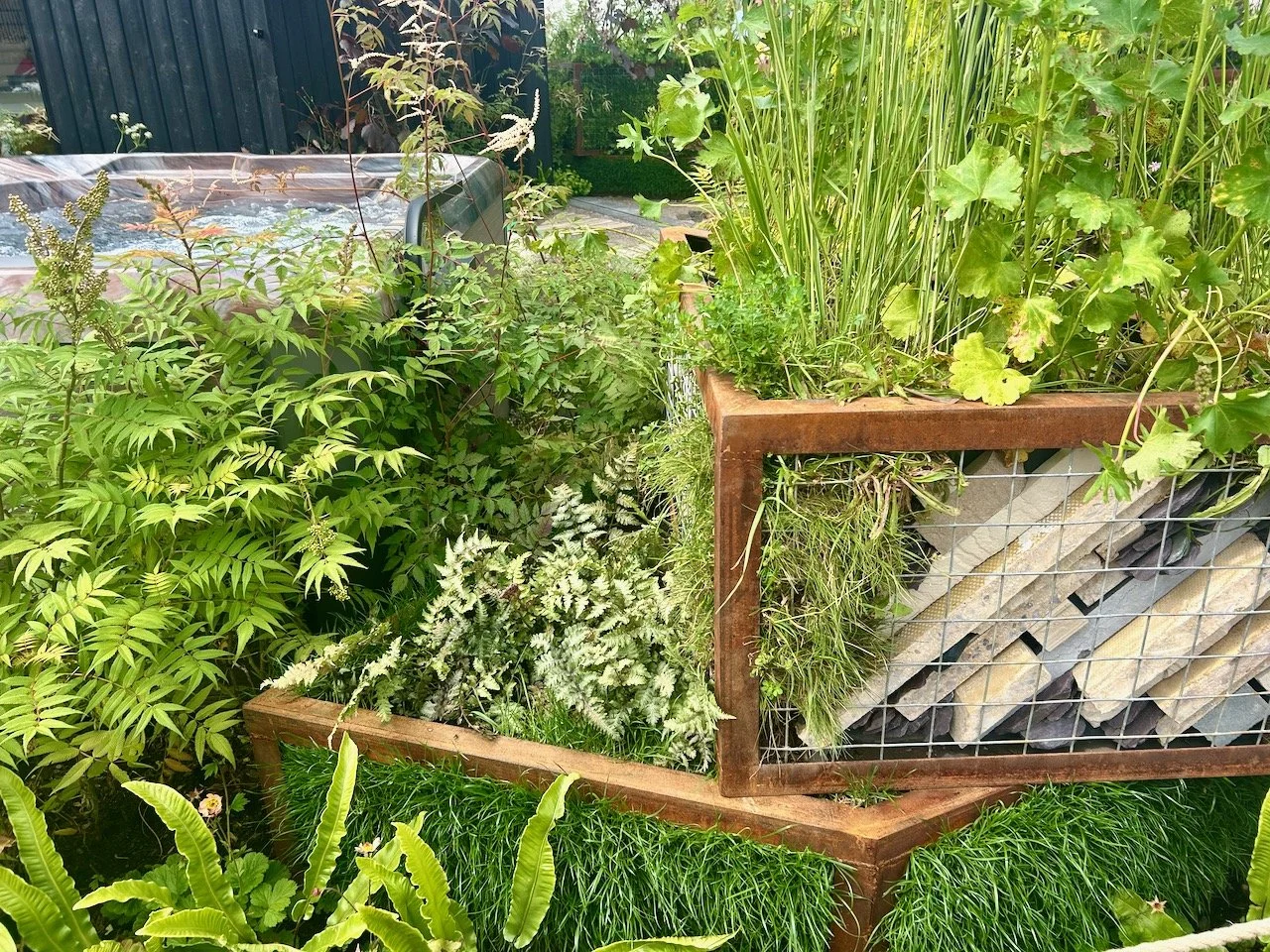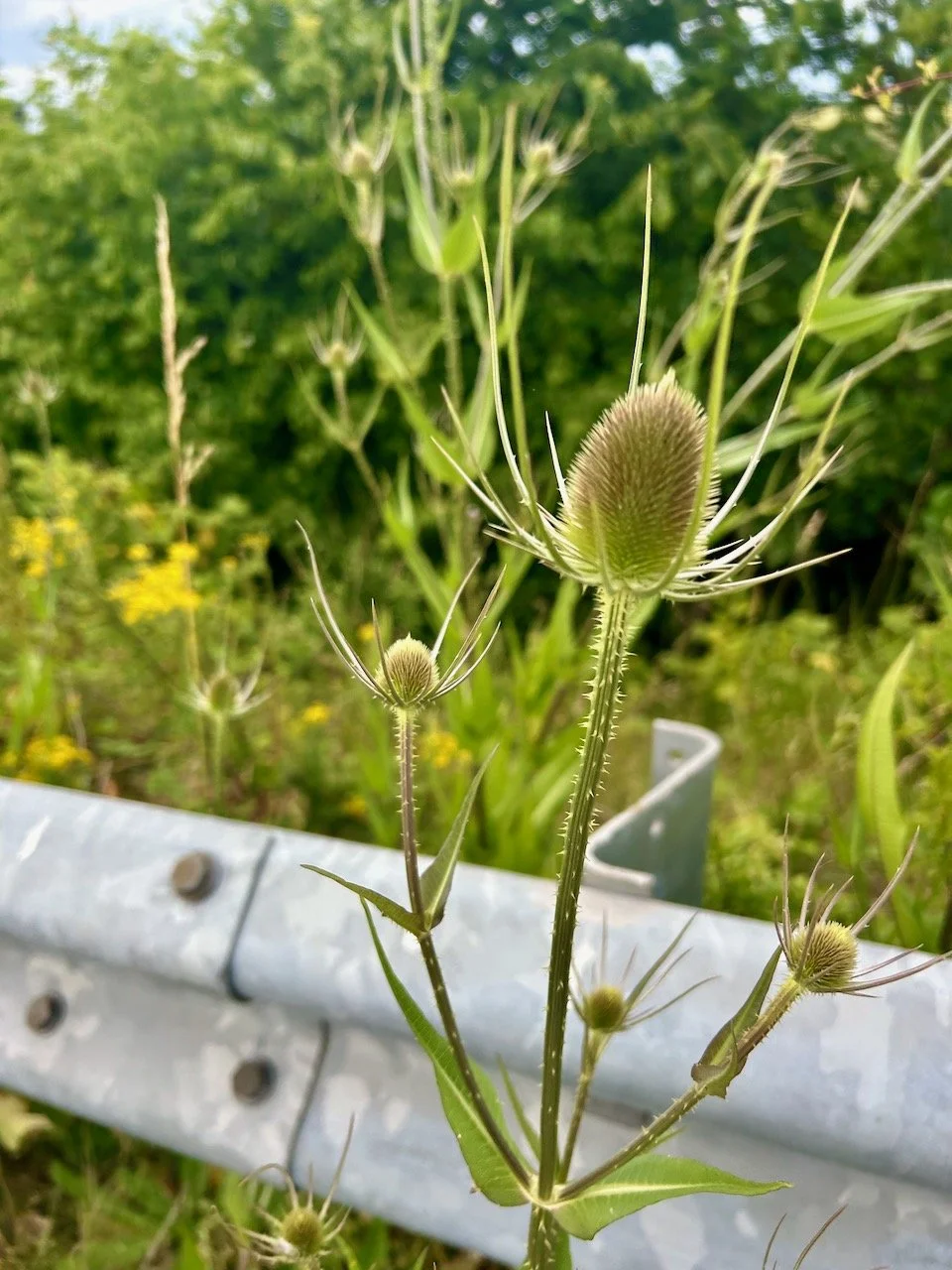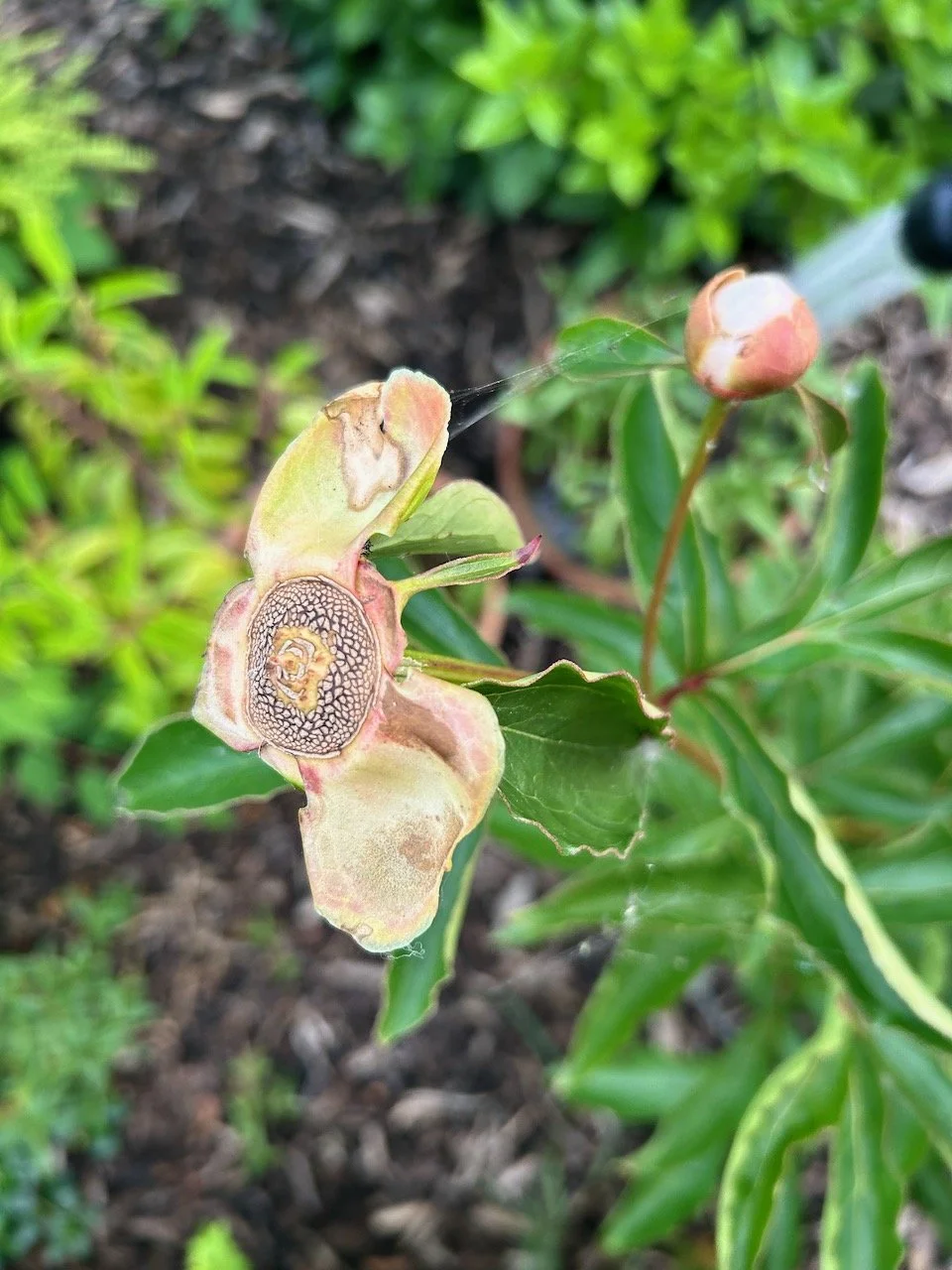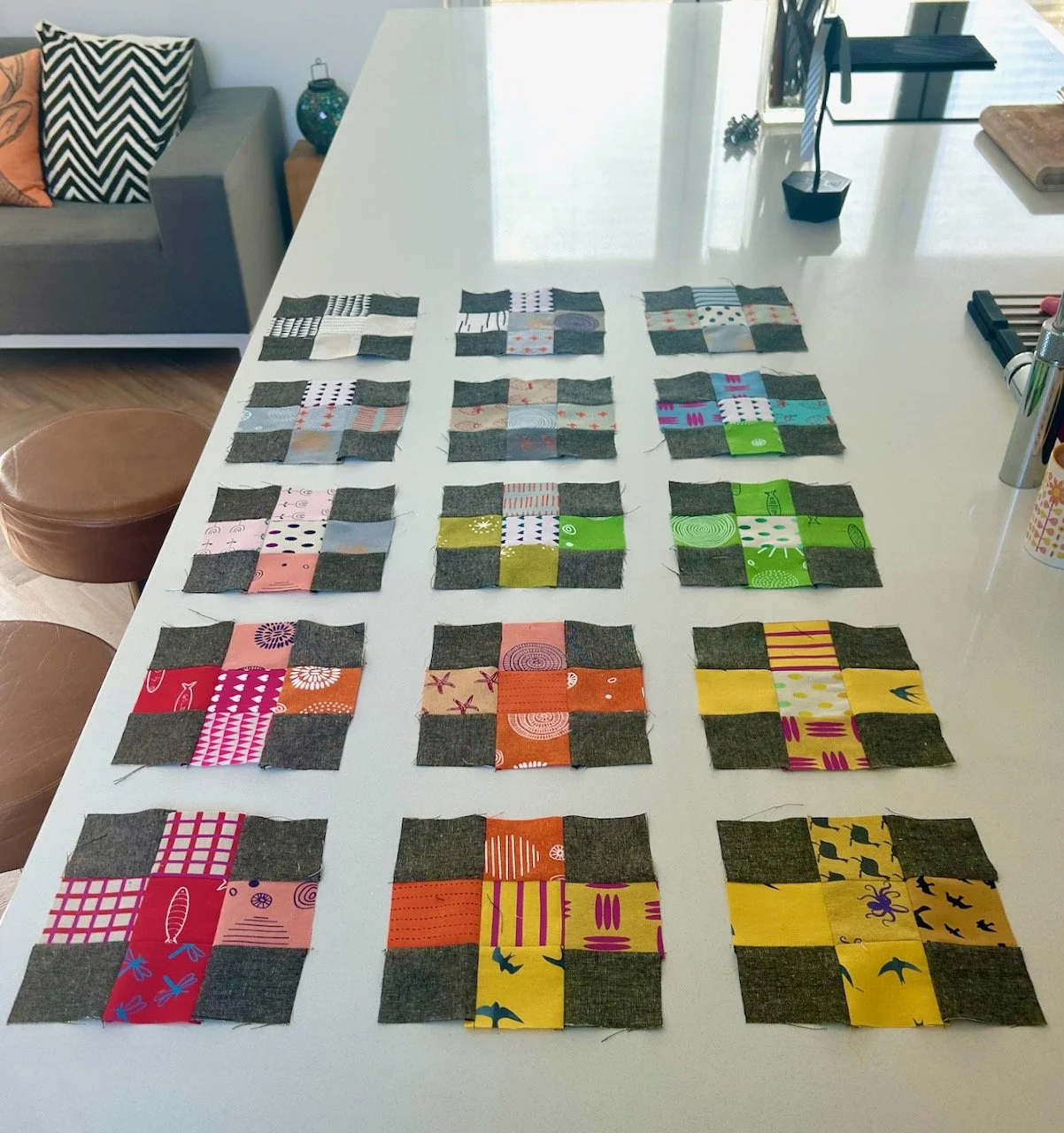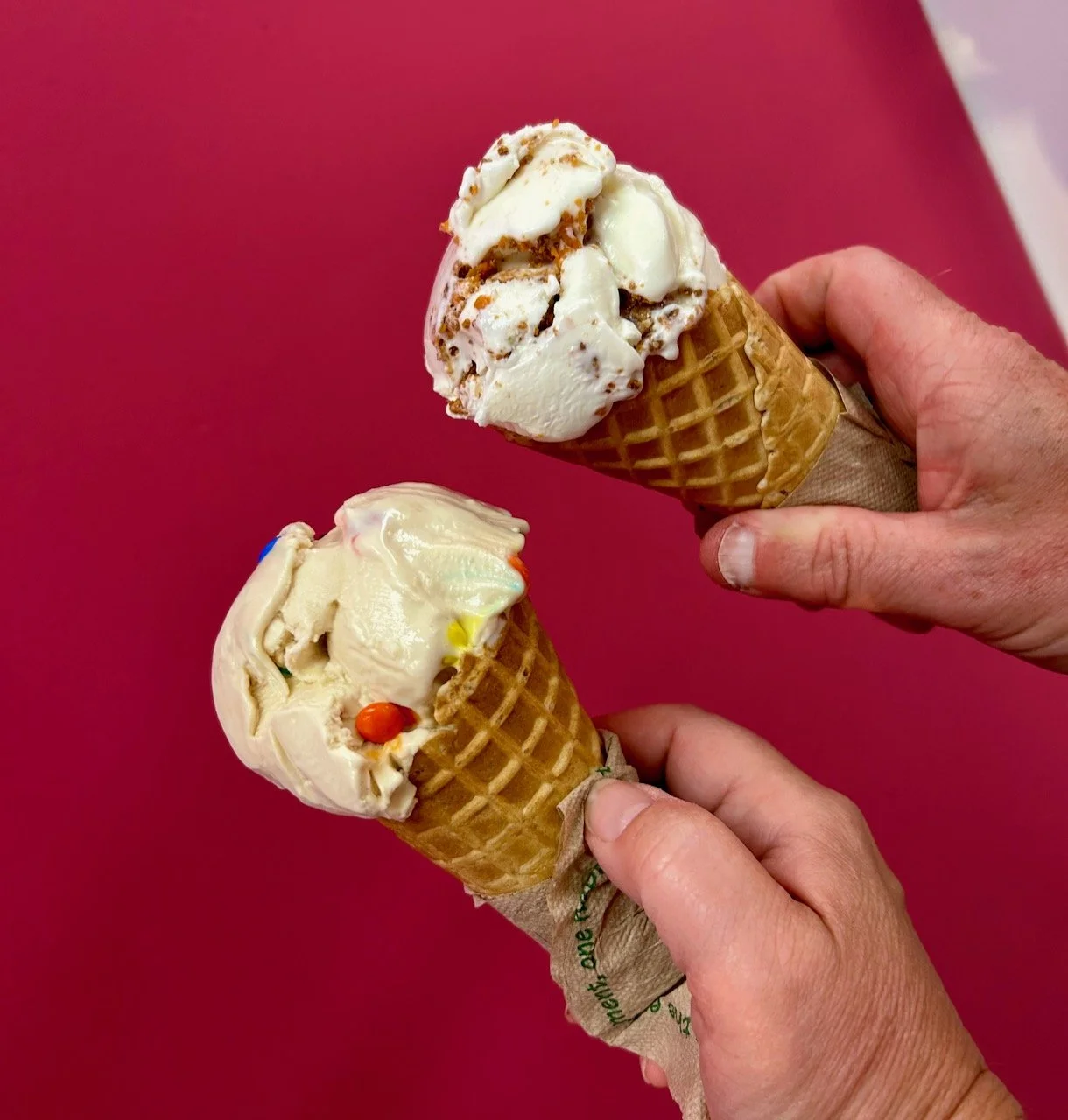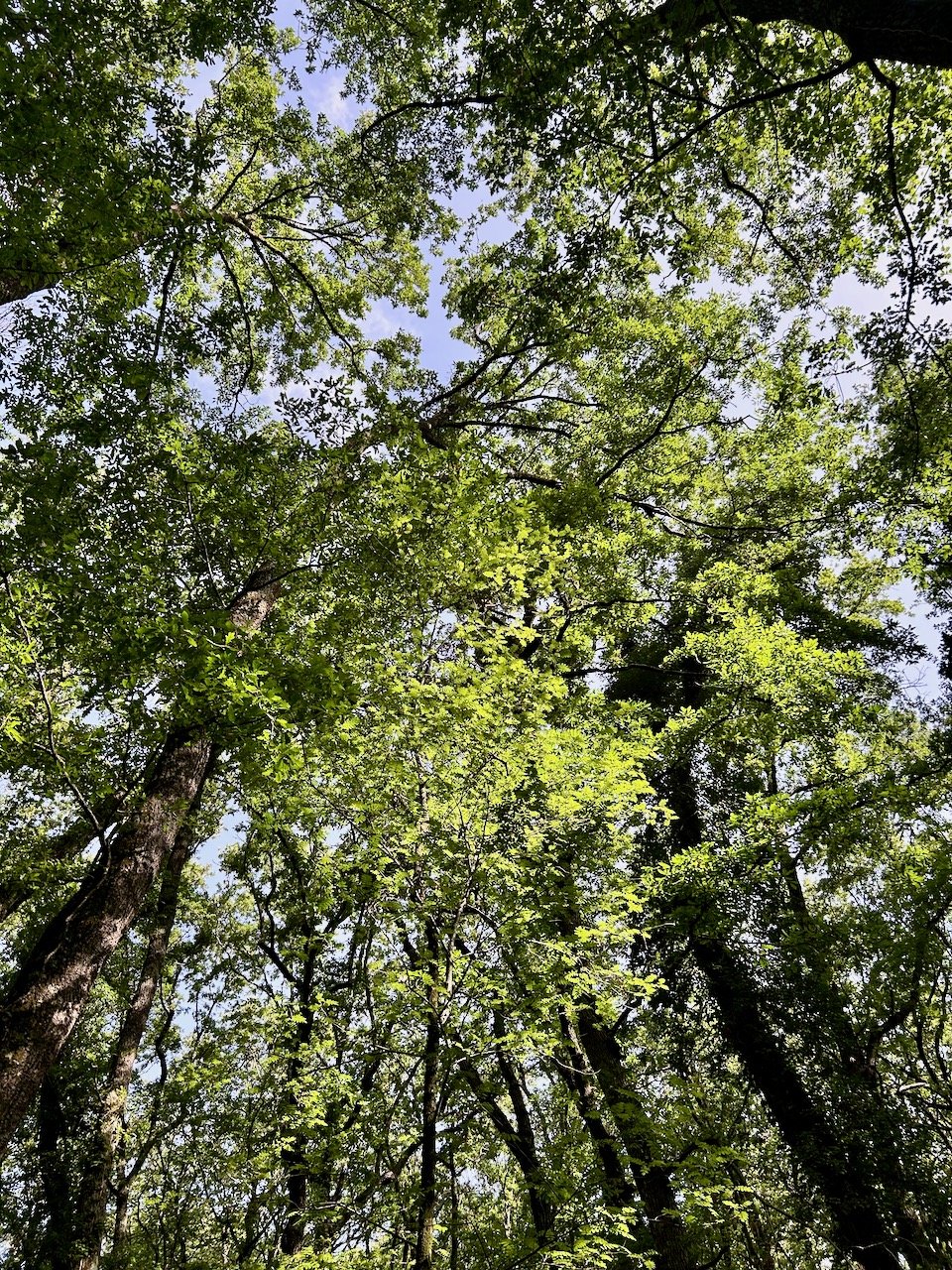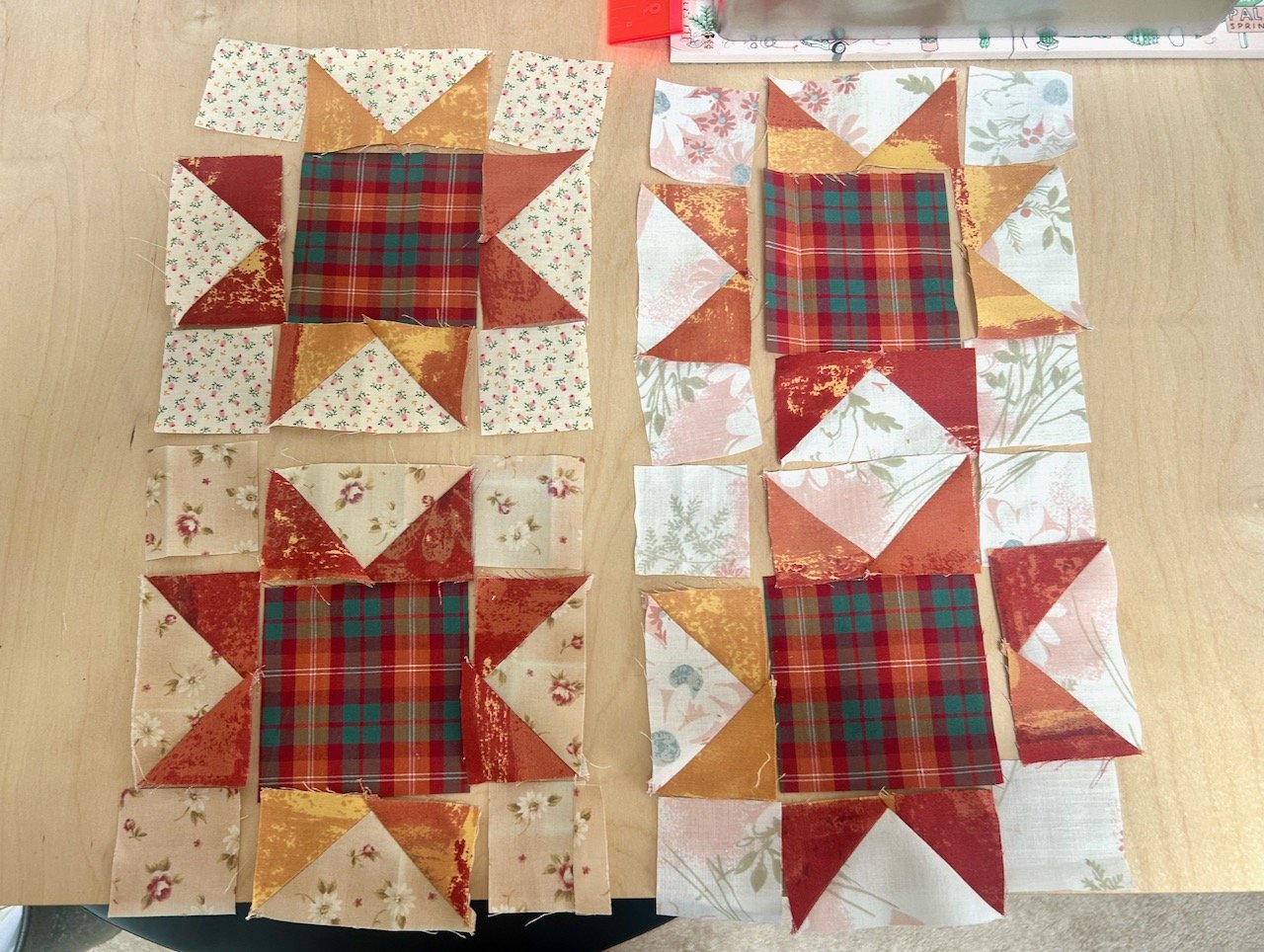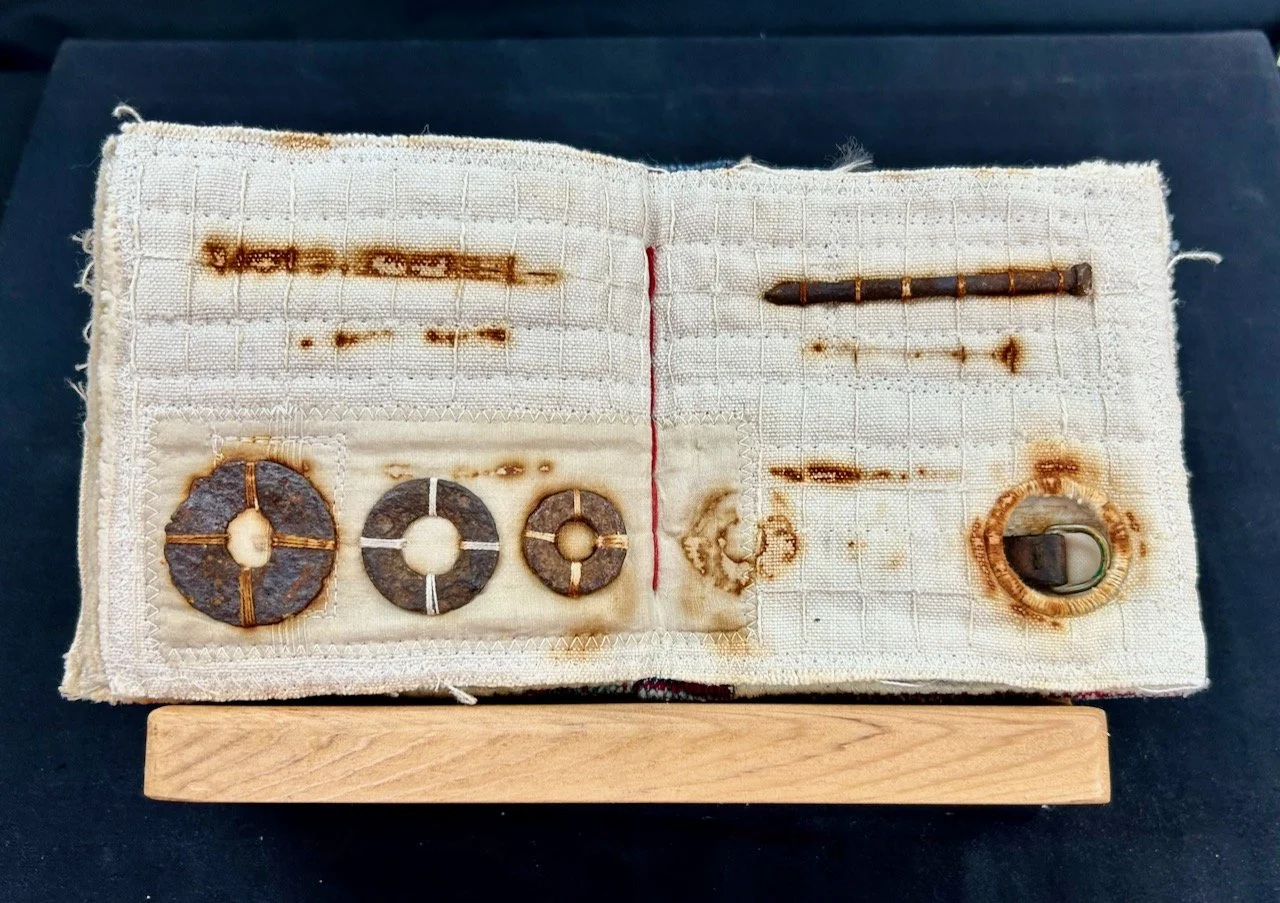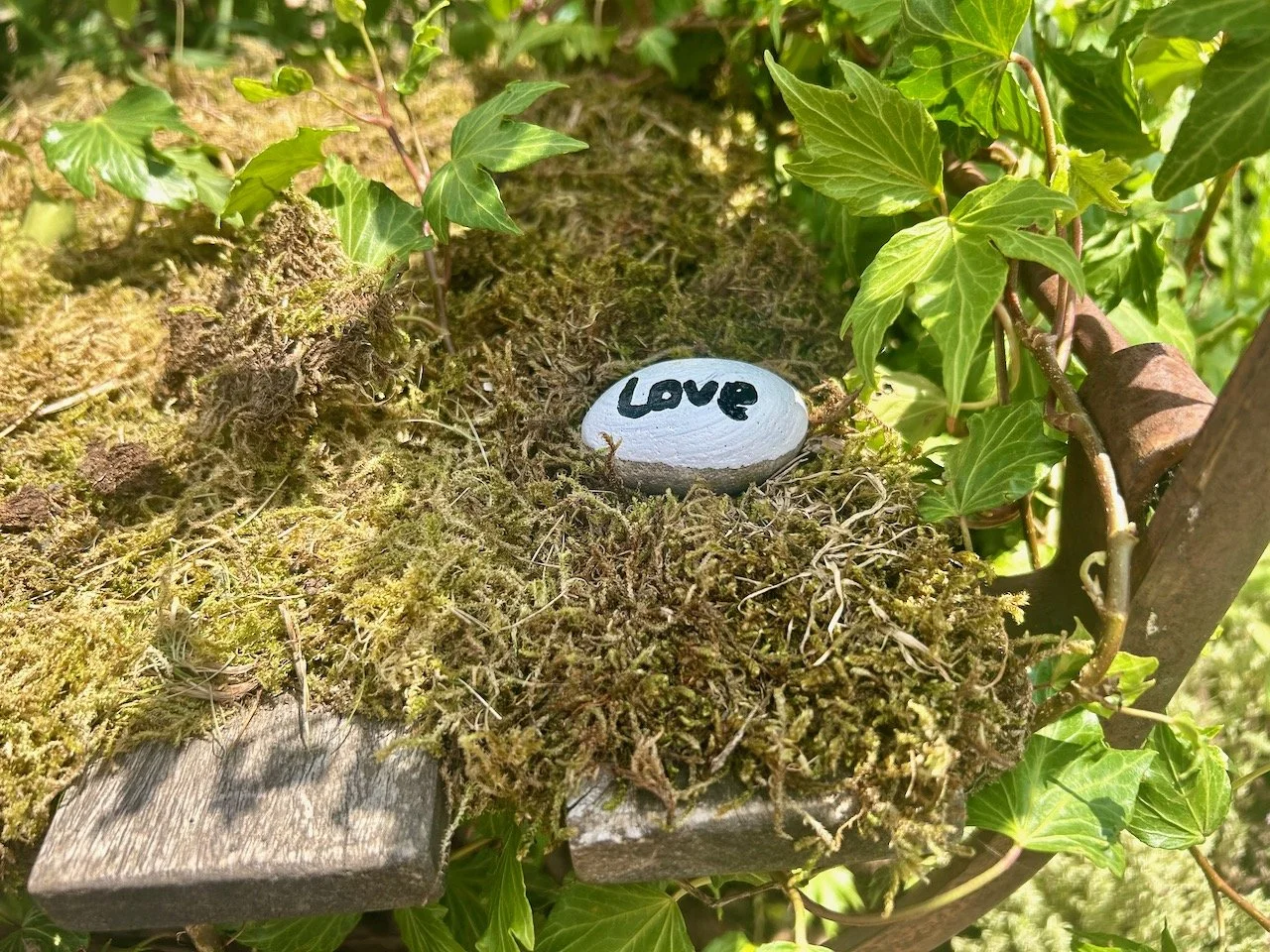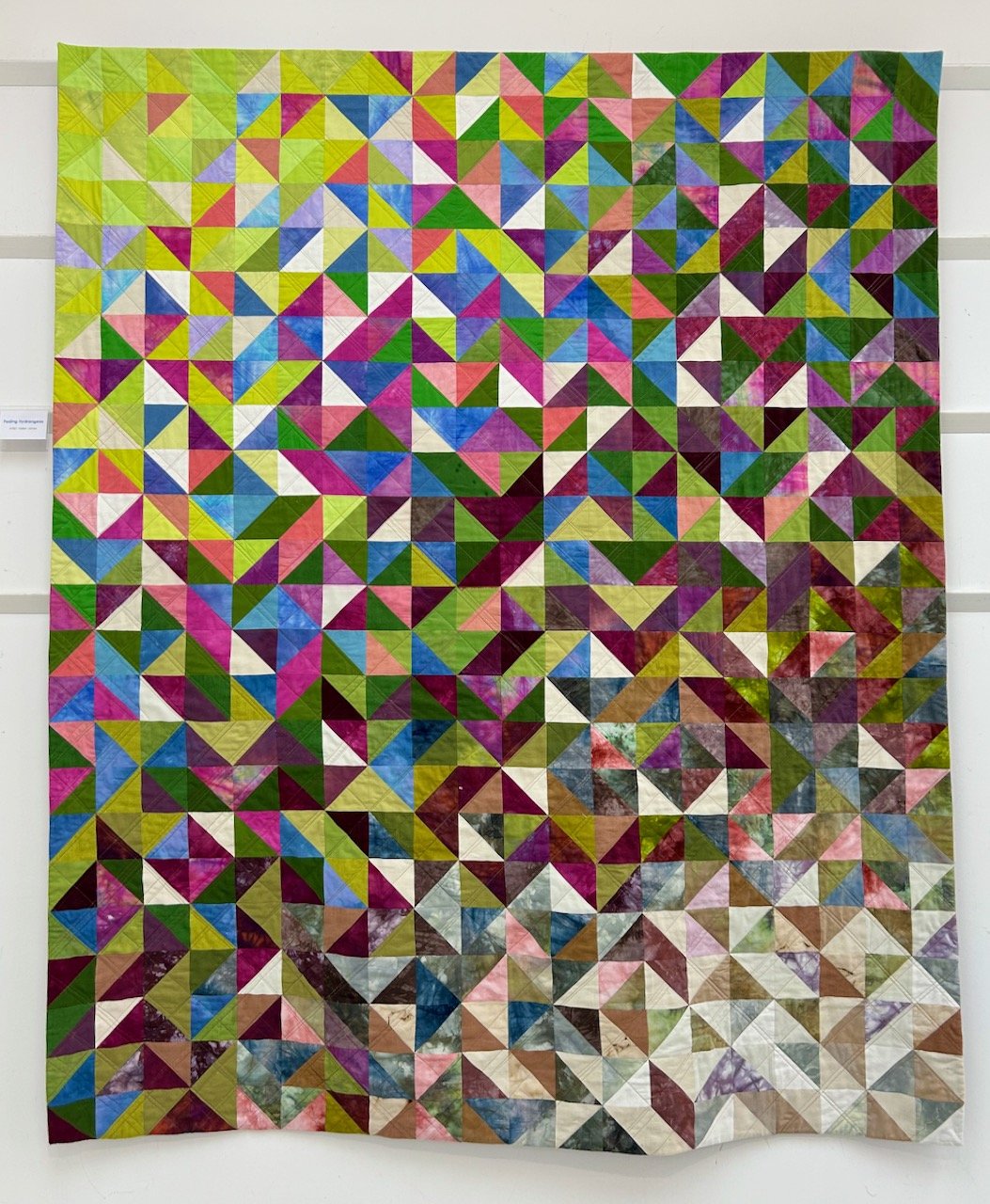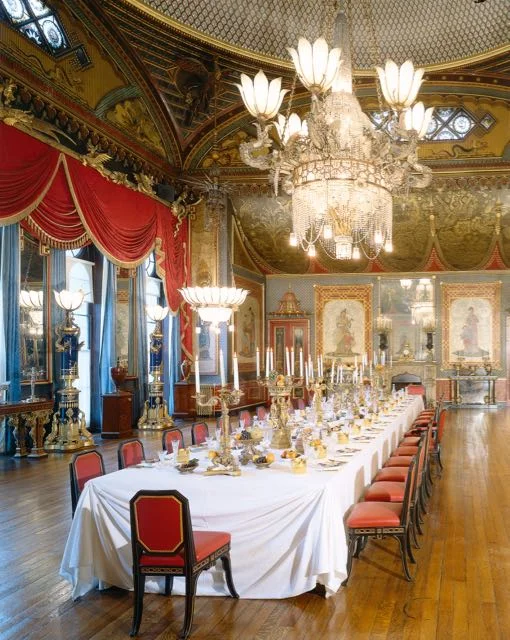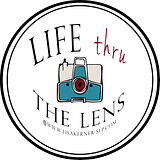Taking a day off work and heading to Brighton last week, my plan was to go into the Brighton Pavilion finally. It seemed a good plan for a December visit, as some indoor time at this time of year is always a good plan. As it turned out, it was another mild day but having a plan we decided there really wasn't any need to change it. We did see more of Brighton even venturing onto the pier where it was a bit blowy, but more on that another day.
Brighton was often a family Sunday afternoon trip and although I'd not been inside the pavilion before I've often wondered at its magical exterior. I knew it was built as King George IV's pleasure palace, but I knew little more of its history. That changed with this visit though and I learnt so much last week. It's the type of place that every time you visit you'll see something new - especially with the restoration work underway - and learn something new, or alternatively the type of place you could just admire and pretend it was your seaside retreat... Or all three!
You wouldn't know from looking at the outside but it started as Marine Pavilion and much more of a modest villa. In 1815 John Nash was commissioned to transform it into the structure we see today. And it has what is essentially a cast iron frame around the original building which provides the structure and support for the minarets, domes and pinnacles which are its trademark. You wouldn't have thought that, now would you?
And as with any building project it was equipped with state of the art (for the day) lighting, heating, sanitation and one of the most modern kitchens of its time. Well, if you're hosting lavish parties you'll need to provide lavish food I guess.
And you'll need somewhere lavish to entertain. Tick. Just look at the banqueting hall - it really is stunning.
Photo credit: Royal Pavilion and Museums, Brighton and Hove
There is so much to look at my eyes didn't know where to look first. Initially it was the blue Spode jars and lamp stands, which you can see on the left of the picture above. They are just as large as they look, and I think there were eight of them.
It wasn't long though before my eyes were drawn upwards to the chandelier and the decoration around it. By Robert Jones, the chandelier is 30 feet high and weighs one ton, it was lit by oil lamps and candles creating an ‘artificial day’ - I think it'd be something you'd never get bored of.
Photo credit: Royal Pavilion and Museums, Brighton and Hove
We wandered through the remainder of the downstairs room often remembering to close our mouths from all the wow-ing they were doing. Thinking that we were getting to grips with the ornate interiors we headed upstairs. Well, let's just say we were wrong there - just look at the South Gallery below.
Photo credit: Royal Pavilion and Museums, Brighton and Hove
It was here that we stopped and chatted with one of the room guides. I was struck by the pattern on the blue wallpaper with its geometric design that wouldn't look out of place in the wallpaper catalogues of today. I was curious about the design as it looked to have an almost 3D effect. The room guide told us that we weren't that far wrong as each of the pieces of the geometric pattern was added afterwards, not by paint as we'd first thought but stuck on (but clearly in a more craftsmanlike way!)
Once again though I was struck by the modernity of the patterns used, but also by the mix of patterns. Just look at the carpet. And the glass panel in the ceiling, and even the painted panels just below that. Every surface is patterned. I know our homes are much smaller than these palaces, but even so I think we should all be just a bit braver with our decorations.
My absolute favourite rooms were these Bow rooms, with their yellow patterned wallpapers. The same wallpaper design is used downstairs in red, but somehow the yellow quite literally shone. And once again that carpet, which runs through the upstairs room.
Photo credit: Royal Pavilion and Museums, Brighton and Hove
It seems I am in good company as the wallpaper with dragons, phoenixes and birds of paradise was also George IV's favoured design. These rooms have been restored to their original design and the wallpaper has been reproduced from original fragments and printed in the traditional way.
It was this wallpaper that MOH thought was similar to our bedroom curtains. There are similarities I'll admit but sadly our bedroom curtains aren't anywhere near as extravagant.
We moved through the upstairs rooms and into Queen Victoria's apartment with the Queen's bedroom, the Maid's room and the closet which reflect their appearance between 1837 and 1845. It was Victoria who sold the pavilion to the town of Brighton in 1850 as it didn't provide her with sufficient space or privacy...
I was clearly having a yellow day as I loved the wallpaper in this room. I would quite happily have this in my house today - I'm not sure where, but I think I could find a place for it. Isn't it gorgeous?
Photo credit: Royal Pavilion and Museums, Brighton and Hove
So already my senses were zinging, and I'd already learnt so much more about this fantastical looking palace. And then with a walk around the Exotic Creatures temporary exhibition in the Prince Regent Gallery we learnt even more. It was here I learnt of the Royal connection to London Zoo in Regents Park. A connection I'd not made before, but obvious now. It seemed a diplomatic gift in 1827 of a living giraffe most likely prompted the early zoo. I know, what to do hey when you're gifted an giraffe? Happens all the time...
So what a visit. I hadn't expected to learn quite so much or to be quite so amazed by its interiors, or to discover once again how the designs from this most opulent of palaces was still influencing pattern today.
Once outside I couldn't help but look up at the underneath of the the dome just outside the entrance hall. It's definitely a grand statement of an entrance and exquisitely detailed.
We left, as you do via the gift shop where my yellow attraction continued. Everything I was drawn to was yellow and we very nearly left with a tray, yellow of course but I resisted as the tray we have does what a tray needs to perfectly well. It's only fault it seems is that it wasn't yellow, so not even I could discard it on such a whim. Sadly.
So if you're in Brighton and want to be amazed by some of the most opulent interiors, then a visit to the Brighton Pavilion is just the thing. You can find opening hours and more visiting information on their website, where you also get to admire more lovely yellowness too!
With thanks to the Royal Pavilion for the use of their interiors photos.

